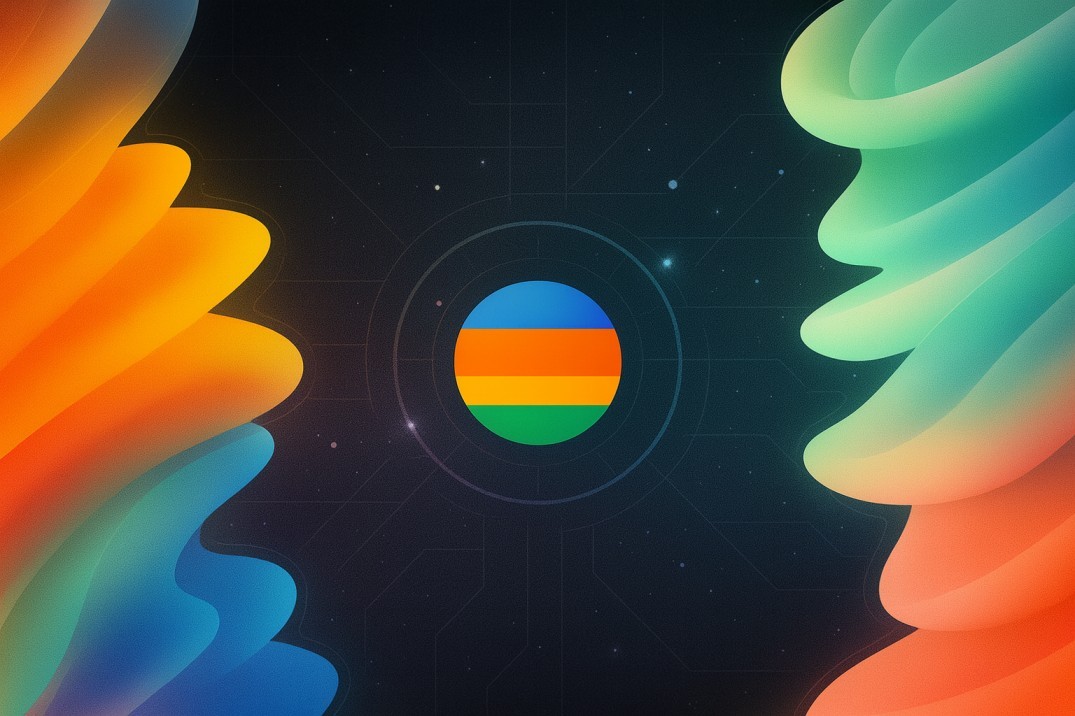TL;DR
- Beam is a gaming-first blockchain: an Avalanche subnet by Merit Circle DAO.
- Built for speed, low costs, and EVM compatibility, it hosts 180+ games.
- Supports devs via Beam SDK, in-game asset integration, and cross-chain bridging.
- BEAM token powers gas, staking, governance, and transfers.
- Transitioning from PoA to PoS for decentralization.
- Smart tools: Sphere marketplace, Companion App, Beam Hub.
- Risks include centralization, adoption dependency, competition, regulatory issues.
- Future looks bright with decentralization, multichain integrations, and growing ecosystem.
Beam is a gaming ecosystem powered by the Merit Circle DAO, purposely designed to unite gamers and developers. Positioned as an Avalanche subnet, Beam offers high-speed, low-cost, and secure infrastructure tailored for immersive Web3 gaming. Whether you're crafting the next hit title or exploring digital asset ownership, Beam provides the gears and ground to build upon .
Origins & Founding Vision

Launched by Merit Circle DAO, founded in early 2021, Beam emerged from a vision to turn gaming into a play-to-own reality. It quickly became clear that existing chains didn't deliver the speed or economic model required for scalable Web3 games. Thus, Beam evolved as a dedicated subnet on Avalanche, blending the performance of a sidechain with the security of Avalanche's base layer .
The DAO structure enables participation and governance from gamers, developers, and financial backers alike, aligning the network's growth with community interests and ensuring Beam evolves in step with its users .
What Sets Beam Apart?
A Gaming Engine at Its Core
Powered by Avalanche subnet technology, Beam combines fast confirmations and low fees essential features to support high-volume, real-time gaming interactions and NFT transfers. It's used by over 180 games, including titles like Raini: The Lord of Light, Genopets, and Big Time .
Developer-Friendly & EVM Compatible
Beam supports Ethereum’s smart contract language, allowing developers to bring Solidity-based games onto the subnet easily. Its Beam SDK simplifies integration handling wallets, NFTs, transactions, so creators can focus on gameplay rather than infrastructure.
Integrated Tools & Ecosystem
Sphere NFT Marketplace: A game asset marketplace with rich metadata for gamers .
Beam Hub & Companion App: Central portals for discovery, account creation, and asset management with optional account abstraction for user convenience.
LayerZero Bridge & Cross-Chain NFTs: Enables assets to move freely across different chains .
Evolving Consensus: From PoA to Permissionless PoS
Initially using a reputation-based Proof of Authority (PoA) mechanism with Snowman consensus, Beam ensured fast and scalable validation trusted by a small group of actors. But its future lies in true decentralization: recent upgrades like Avalanche’s Horizon upgrade will enable Proof of Stake (PoS) validation, opening participation to anyone with the necessary BEAM and node tokens .
BEAM Token: Utility & Structure

BEAM is the native asset that powers the network, evolving from Merit Circle's earlier MC token via a 1:100 migration .
Key functions include:
- Gas for In-Game Transactions fueling gameplay and marketplace operations .
- Staking & Governance holders can participate in validator selection and vote on DAO proposals.
- Asset Transfers & Rewards used in buying NFTs and paying for smart contract interactions.
CoinRank estimates suggest a capped maximum supply near 100 billion BEAM, though the actual circulating supply is slightly less .
Ecosystem Growth & Traction
Beam is rapidly gaining steam:
- In early 2024, BEAM saw a 36% daily price surge, driven by transactions from games like Goons of Balatroon and Nekoverse .
- The launch of Sphere, Beam Hub, and the Companion App in late 2023 marks a maturing product suite .
- Avalanche’s $500k support includes validator nodes and decentralization efforts post-Etna upgrade .
- LayerZero integration enables cross-chain NFTs, enhancing interoperability .
How Beam Works
- Transaction Initiation: A player initiates in-game action via Beam’s smart contracts.
- Gas Payment: Interaction requires BEAM tokens as gas.
- Consensus: Validators running the PoA/PoS system (or future permissionless PoS) process the action.
- Execution & Settlement: Transaction is recorded, assets are minted or moved, with near-instant finality.
- Cross-Chain Bridging: Optional asset transfers via LayerZero-enabled Sphere marketplace.
Challenges & Risks
While Beam presents compelling infrastructure, certain risks merit attention:
Centralization Risks: Early PoA model relies on trusted validators, risking single-point governance before full PoS rollout.
Ecosystem Dependence: Its success hinges on broad game adoption, a slowdown may dampen demand for BEAM.
Token Volatility: Shallow liquidity and price sensitivity could affect confidence in staking or usage.
Competition: Other gaming chains like Ronin, Immutable X, and Polygon push for developer mindshare.
Regulatory Uncertainty: In-game tokens and asset ownership could attract scrutiny under consumer protection or securities laws.
User Complexity: While Beam simplifies Web3, gamers still must understand wallets, tokens, and DAOs.
Future Outlook & Innovation
Beam is poised for growth through:
- Transition to permissionless PoS for greater decentralization.
- Expansion across Avalanche-compatible ecosystems such as zkEVM .
- Continued integration of tools like Sphere, Companion App, and Beam Hub to enhance user and developer UX.
- Building partnerships with studios and Web3 protocols to add flagship games and broaden use cases.
Final Thoughts
Beam is a promising example of how tightly-focused infrastructure built with gaming in mind can offer superior performance, community-driven governance, and in-game utility. As it transitions fully to permissionless validation and expands its ecosystem, Beam could emerge as a new standard for Web3 gaming infrastructure.











